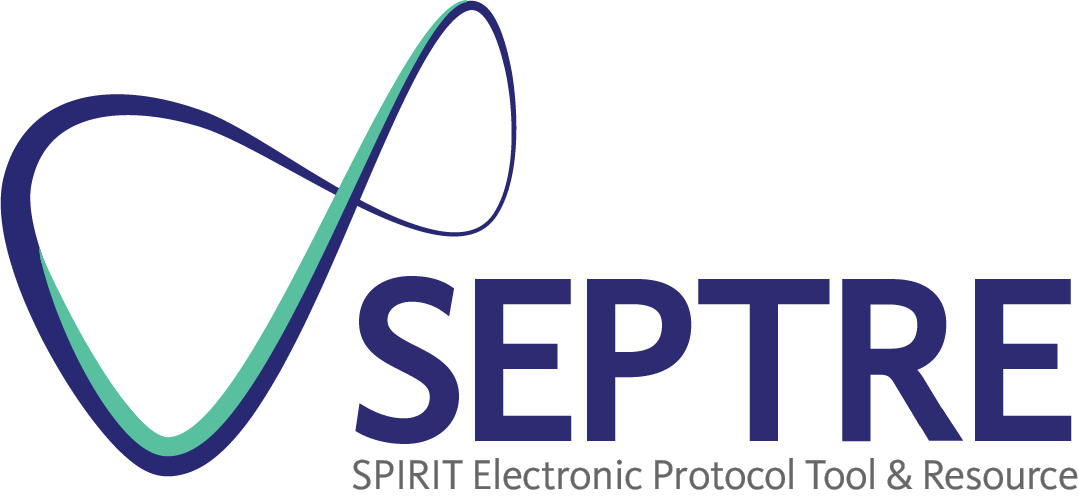Item 26a: Who will obtain informed consent or assent from potential trial participants or authorised surrogates, and how (see Item 32).
Example
“. . . Trained Research Nurses will introduce the trial to patients who will be shown a video regarding the main aspects of the trial. Patients will also receive information sheets. Research Nurses will discuss the trial with patients in light of the information provided in the video and information sheets. Patients will then be able to have an informed discussion with the participating consultant. Research Nurses will obtain written consent from patients willing to participate in the trial. Information sheets and consent forms are provided for all parents involved in the trial however these have been amended accordingly in order to provide separate information sheets and consent form which are suitable for children and teenagers [sic]. All information sheets, consent forms and the video transcript have been translated into Bengali, Punjabi, Gujarati, and Urdu. There are also separate information sheets and consent forms for the cohort group.”351
Explanation
The notion of acquiring informed consent involves the presentation of comprehensible information about the research to potential participants, confirmation that they understand the research, and assurance that their agreement to participate is voluntary. The process typically involves discussion between the potential participant and an individual knowledgeable about the research; the presentation of written material (e.g., information leaflet or consent document); and the opportunity for potential participants to ask questions. Surveys of trial investigators reveal that appropriate informed consent is not always obtained.344;352
The content, quantity, and mode of delivery of consent information can affect trial recruitment, participant comprehension, anxiety, retention rates, and recruitment costs.68;114;218;292;353-355 We recommend that a model consent or assent form be provided as a protocol appendix (Item 32). Assent represents a minor’s affirmative agreement to participate in the trial, which typically involves signing a document that provides age-appropriate information about the study.
The protocol should include details of the consent process as well as the status, experience, and training (if applicable) of the research team members who will conduct it. In paediatric research, regulations may stipulate obtaining affirmative assent for participation from children above a certain age.356 The protocol should then describe how pertinent information will be provided to potential participants and how their understanding and assent will be ascertained. When potential participants lack decisional capacity for reasons other than young age (e.g., mental status), and proxy consent can be obtained from a legally-authorised representative, the protocol should describe who will determine an individual’s decisional capacity, whether a formal capacity instrument will be utilised, and how the individual’s informed agreement to continue participation will be secured should they regain decisional capacity. For certain trials, such as cluster randomised trials, it may not be possible to acquire individual informed consent from participants before randomisation, and the consent process may be modified or waived. An explanation should be provided in the protocol in these instances.357
| 25: Protocol amendments | 26b: Ancillary studies |

